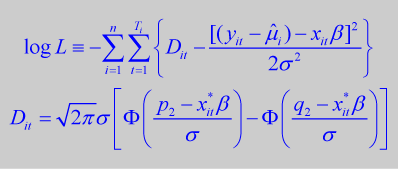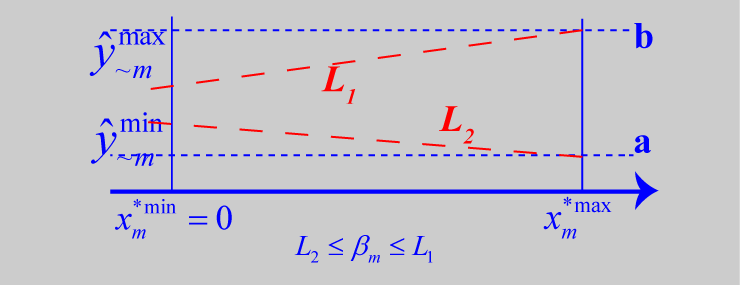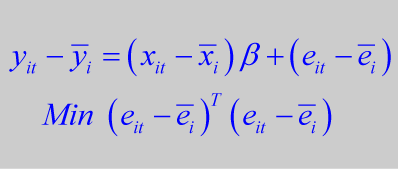-
What's All About?

This research targets truncated normal dependent variable with the TSCS (time-series-cross-sectional) data property. It is one of the studies related to my previous work, "Fixing Boundary Violations: Applying Constrained Optimization to the Truncated Regression Model". While the main issue is to solve boundary violations, the TSCS data property further complicates the way how the technique of constrained optimization can be applied. In a nutshell, the current method, panel regression, for analyzing panel data with a truncated normal dependent variable all suffers......
Enter -
Table of Content

This article presents three methods under different scenarios with least squares or maximum likelihood assumptions. All three methods can conditionally or fully solve the boundary violations problem. The analysis indicates that the results of current panel regression are not only subject to some methodological problems, but also sensitive to different centering methods. By applying the technique of constrained optimization, those methodological problems can be targeted and the best possible solution can successfully be reached. I suggest a mandatory use when.......
Enter -
Limitations

While the application of constrained optimization can eliminate boundary violations, it costs more time and computing capacity to execute the revised methods, especially with the maximum likelihood assumption. Given the scope of this article, a systematic assessment is yet to be done with regard to different methods's performance under various conditions. We expect more future work in simulations, as well as empirical studies to illuminate to what extent the current panel regression suffers from boundary violations.......
Enter
Enter

